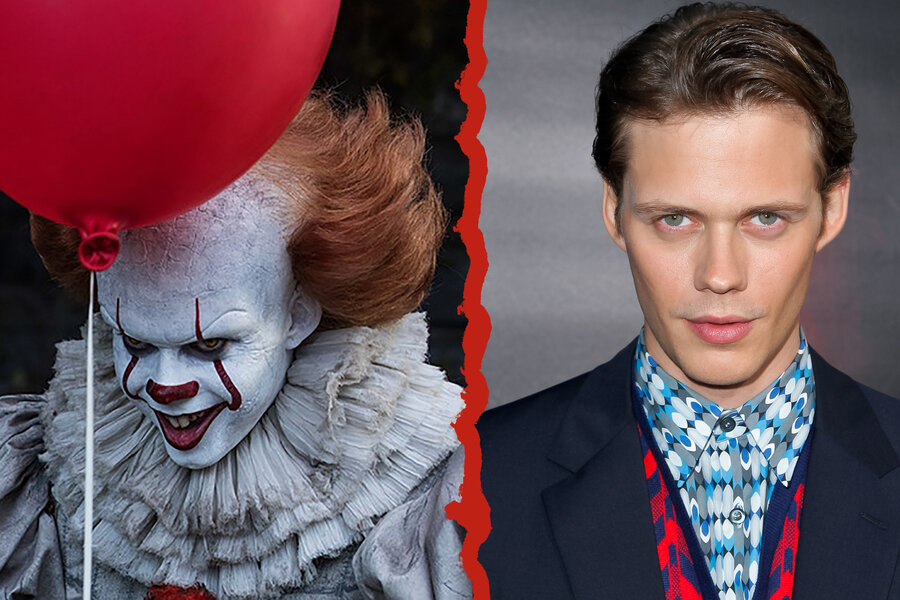All Occasion Performers - Questions
All Occasion Performers - Questions
Blog Article
The Greatest Guide To All Occasion Performers
Table of ContentsNot known Factual Statements About All Occasion Performers Unknown Facts About All Occasion PerformersThe Best Strategy To Use For All Occasion PerformersHow All Occasion Performers can Save You Time, Stress, and Money.The Ultimate Guide To All Occasion Performers
He specialized in pigs and mules, which he trained and sold to various other clowns. He likewise presented an act with a skilled rhinoceros and is the only person in circus history to offer a tightrope strolling elephant.He was additionally a benefactor that gave generously to many charities and he erected the first monument to soldiers eliminated during the Civil War - Dallas corporate events Dallas. Beginnings of the Auguste characterThere is a commonly told tale regarding the origins of the Auguste clown. According to the tale, an American acrobat named Tom Belling was performing with a circus in Germany in 1869
Belling took off running, finishing up in the circus sector where he dropped over the ringcurb. In his embarrassment and haste to escape, he dropped over the ringcurb once again on his way out. The supervisor regulated that Belling proceed appearing as the Auguste.
Excitement About All Occasion Performers
For something, the word Auguste did not exist in the German language till after the character ended up being popular. Among the theories of the actual origin is that Belling copied the character from the R'izhii (Red Haired) clowns he saw when he toured Russia with a circus (https://www.huntingnet.com/forum/members/all0ccperf0rm.html?simple=1#aboutme). Characters like the auguste absolutely existed formerly

The dance later on came to be called tap dancing. It should be noted that there are alternating 'origins' for the vagrant character"one of which was the traveling "hoe boys," or travelling farm employees, who rode the rails from one town to one more, wiping the residue away from their eyes & mouth.
The All Occasion Performers PDFs
Note that the scare wig, exaggerated lips and eyes, extra-large apparel and props of the American clown, props such a sparkling water, packed clubs, taking off stogies, and whistles loaded with soot, are not Grimaldi's. They come from Tambo and Bones. The English blackface comedian Charles Mathews concerned America in 1822 to perform and examined black life and custom-mades.
In such plays there is a combination of characters consisting of "kings" and "saints", cross-dressing, and blackface duties; the faces of Morris (or "Moorish") dancers were likewise blackened. The majority of were done by poor guys in the hungry time after Christmas.
The Derby Play of the Tup was performed for food and beer by unemployed youths. One such demonstration has gotten in American background as the Boston Tea Event.
Some Known Details About All Occasion Performers
While not the lush affairs we think about today, some early, rougher kinds of traveling circus were preferred in America from Revolutionary times-- George Washington was a fan. Blackface clowns done in them from at the very least the 1810s and possibly before; they were a staple by the 1820s. The broad red or white mouth painted on by modern clowns is a residue of the blackface mask.
In many areas minstrelsy was born when these performers moved their acts from the camping tent to the phase of American range cinemas. Definitely there was a strong aspect of clowning in minstrelsy. The blackface mask was a clown's camouflage, overemphasizing the face features into an animation, a caricature. The blackface clown might be the precursor of today's anodyne circus clown, yet otherwise the 2 are as opposite as blackface and whiteface.
Some Known Details About All Occasion Performers
In many traditions the clown would reveal some physical deformity, like a hunchback, dwarfism-- or like Jim Crow, lameness. And because he was different, an Others, the clown was permitted to claim and do points no one else could.
Satire and apology were main to minstrelsy. It's intriguing that in the West African societies where most slaves came, the poet-singer griot served the very same satirical jester feature when the event arose. That may have something to do with the curious (to us, recalling) simplicity with which Southern Blacks accepted not simply the music but also the undermining humor of minstrelsy.

Emmett Kelly was the best recognized tramp clown with his personality "Weary Willie."Tramp clowns are competent: + jugglers + illusionists + pianists + chalk talk musician + cyclists.
Report this page